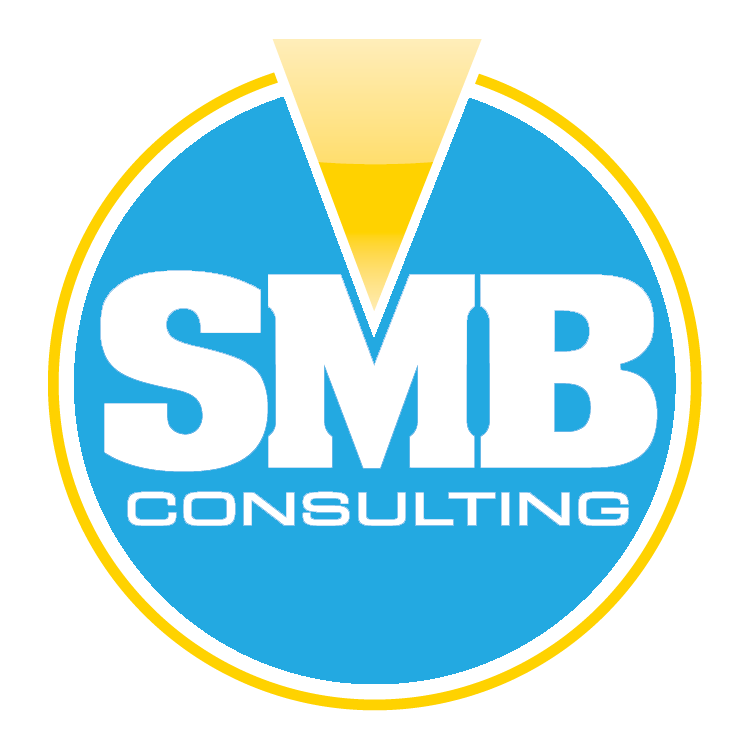Small Business Marketing
Marketing 101 for Small Businesses
Being a small business owner… gosh, where do you start. You are everything, you have to do everything, and you have a budget of almost nothing to do it with!
Marketing for small business is not easy, but a few simple rules and guidelines will ensure your small pennies goes a long way. And ultimately, get your more sales and customers.
Here are some simple but important marketing guidelines for small business success.
Plan your marketing campaigns
Don’t rush into ‘adding an ad in the local paper’ or ‘printing out 10,000 flyers to promote a sales promotion’. Every marketing campaign, or every dollar you spend should be planned well and thought about clearly. Before you launch into spending say, ,000 on putting an ad in the local paper, ask yourself these questions:
Who are my customers and will this ad actually reach my customers or prospetive customers?
How much am I spending – am I better off spending this money on another marketing channel?
Have I worked out the return on investment (ROI) on this campaign?
Is this part of my business plan?
Market to YOUR customers, not just everyone.
The golden rule of marketing is this: all your marketing, branding, and communications should be relevant, directed, and appeal to your target market – that is, your customers and potential customers.
Who is your target market?
Well, if you don’t know the answer to that, then you shouldn’t be in business! Firstly, this should already be in your business plan. Secondly, everything you do should be focused on your customers – everything (website design, business cards, sales promotions etc). After all, its your customers who’ll paying your bills.
Once you know who your customers and prospective customers are, you’ll know what type of marketing you should do to capture these customers, and get more sales in the door.
Calculate the ROI on all marketing campaigns or projects
For each and every marketing campaign you run, it’s important to take the time to plan it, work out how much it wil cost you, and how much you’ll get back in return – this is your ROI (return on investment).
For example, you’ve got a sale promotion at the moment and you want all your local residents to know about it. A letterbox distribution of 10,000 flyers is the answer… or so you think. If it costs you, say ,000 to run this campaign (0 for graphic design, 0 to print, ,050 for distribution), will you get back ,000 in return to cover the cost? And then what is the profit? The minimum you should make from this example would be say, ,000 (,000 to cover costs, ,000 in incremental sales) a ROI of 150%.
Sleep on ideas
As a small business owner, we’re always thinking of new ideas… often too many for our own good. One of the biggest mistakes we make is thinking of an idea, and feeling the instant urge to execute this big idea that very day, thinking that if we don’t do it immediately we’ll either forget, or someone else will steal this big idea from us.
But it’s quite the contrary.
Every big idea should always be considered, thought out clearly and strategically, and most importantly – sleep on it. Add this to your “Ideas List”, and priortise these with all the other things you want to or need to do.
Consistency, consistency, consistency
Now that you’ve planned your marketing campaigns, what you have out there that represents your business is key. Consistency across all your sales and marketing materials.
Your business cards, online website, brochure design, sales flyer, etc – all as individual items is not powerful. But together, is EXTREMELY powerful.
Small Business Marketing Campaigns
Now that we’ve gone through the basics of marketing, let’s look at some marketing campaigns you can use for your small business. These are efficient, cost effective ways to market to your customers with a small budget.
Website: This is relevant no matter what industry you’re in – plumber, accountant, consultant, marketer, beauty salon. A website is now an online shopfront. Not only does a website give you more sales opportunities online, it’s also a ‘reassurance’ to your prospective customers that your business is what you say it is.
Google Adwords: a cost effective way to advertise online – it’s easy to use, you only pay when someone clicks on your ad, and best of all – you’re in full control of how much you want to spend daily. This of course, only works if you have a website!
Letterbox Distribution: a very popular traditional way of promoting a business, particular in the small business industry. This works particularly well if your business is local, you have a sales offer that is appealing (to your customers, not to you!), and you do this regularly (e.g. one letterbox drop a month in the same area, for 3 months). Frequency and relevancy is key here.
Professional Sales and Marketing Materials: it may seem obvious, but most often overlooked. Professionally designed business cards, sales catalogue, websites SELL. A potential customer that visits two company websites, one that looks tacky and the other looks professional – obviously they’ll choose the professional looking one.
Social Media Marketing: Facebook, Twitter, Linkedin – these are all free to use and only takes you 10 minutes a day! These networks often links you with people you already know, so it’s potentially “warm” leads. By keeping you business up-to-date on these sites and regularly communicating to your linked network, it gives you ‘free’ leads, opportunities, and branding.
Grace Chau
Small Business Owner, Marketer, Graphic Designer
Attractivo Design (www.attractivo.com.au)
